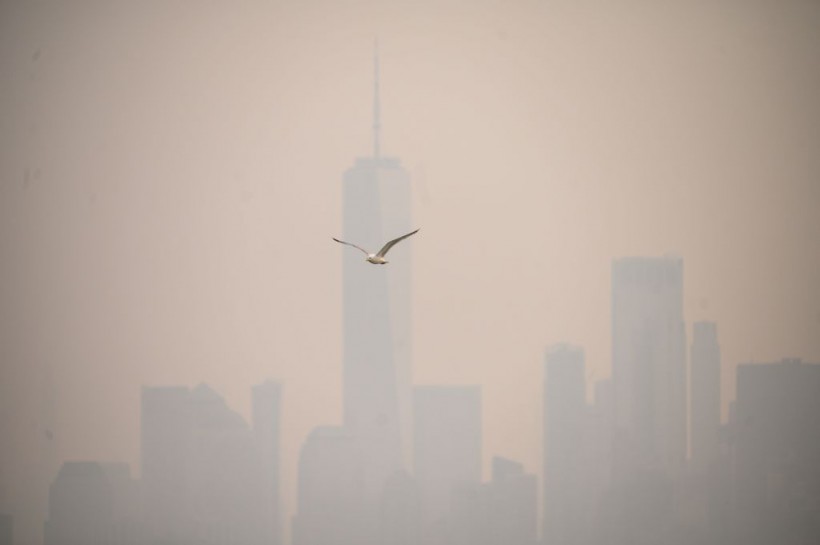More than a hundred species of wildlife found on every continent are contaminated with highly hazardous flame retardants, and the pollution is likely to be responsible for population decreases in some species.
The harmful substances have been found in everything from sea urchins to bobcats to Arctic foxes, and at dangerously high levels in endangered species like red pandas, chimps, and killer whales.
Interactive Map of Contaminated Animals
Green Science Policy Institute experts demonstrated how flame retardants damage endangered species by compiling hundreds of published scientific studies into a map.
The study looked at nearly 20 years of flame retardant research and includes an interactive map that shows the area and type of animal that was contaminated. It highlights the extent of flame retardant pollution and the problems it creates.
Flame retardants identified in wildlife include both phased-out chemicals such as polychlorinated biphenyls (PCBs) and polybrominated diphenyl ethers (PBDEs) and newer replacement chemicals such as chlorinated paraffins and organophosphate flame retardants.
Despite being linked to liver, thyroid, and kidney cancer in experimental animals, chlorinated paraffins are nevertheless widely utilized in consumer products, with over one million tons produced each year.
Similarly, the usage of organophosphate flame retardants is increasing, despite the fact that even low amounts can damage children's IQ, attention, and memory. Lydia Jahl, the paper's primary author, said she expected widespread contamination but was "blown away by the sheer number of studies finding harmful levels of all kinds of flame retardants everywhere."
"It's heartbreaking that human advancement doesn't take health impacts into account for ourselves and for wildlife," she said. "The people who pollute are not the most impacted - it's fenceline communities, turtles, dolphins, foxes and butterflies."
Read Also: Pollutants and Other Environmental Toxins are Worsening Obesity Rates
Flame Retardants Threaten Population
Flame retardants accumulate in the marine and terrestrial food chains, with marine mammals and birds of prey having the highest levels.
PCB levels in killer whales, for example, have been related to poorer calf survival rates and weaker immune systems. Flame retardants have wreaked havoc on orca pods in Greenland, the Strait of Gibraltar, and Hawaii.
According to scientists, PCB pollution might wipe out half of the world's killer whale populations during the next century. Despite the fact that PCBs have been prohibited since the 1970s.
"Killer whales shouldn't have to swim in a sea of flame retardants. The science is clear that these chemicals harm their development-as well as that of our children," said Arlene Blum, executive director of the Green Science Policy Institute.
Flame retardants are also extremely mobile, traveling large distances through water and air. High quantities were discovered in chimpanzees in a protected Ugandan national park deep in Africa's interior, far from a flame-retardant manufacturing or dumping location.
Environmental health advocates are especially frustrated because flame retardants have typically been determined to be ineffective in most applications. Blum stressed the need to update the ineffective flammability standards to stop these toxics from entering the environment and affecting wild animals as well as humans.
Related Article: Pollutants Leading to Developmental Defects in UK River Birds
Related Video:
© 2024 NatureWorldNews.com All rights reserved. Do not reproduce without permission.





![Climate Change is Reducing Dust Levels Worldwide as Arctic Temperature Warms [Study]](https://1471793142.rsc.cdn77.org/data/thumbs/full/70320/280/157/50/40/climate-change-is-reducing-dust-levels-worldwide-as-arctic-temperature-warms-study.jpg)
